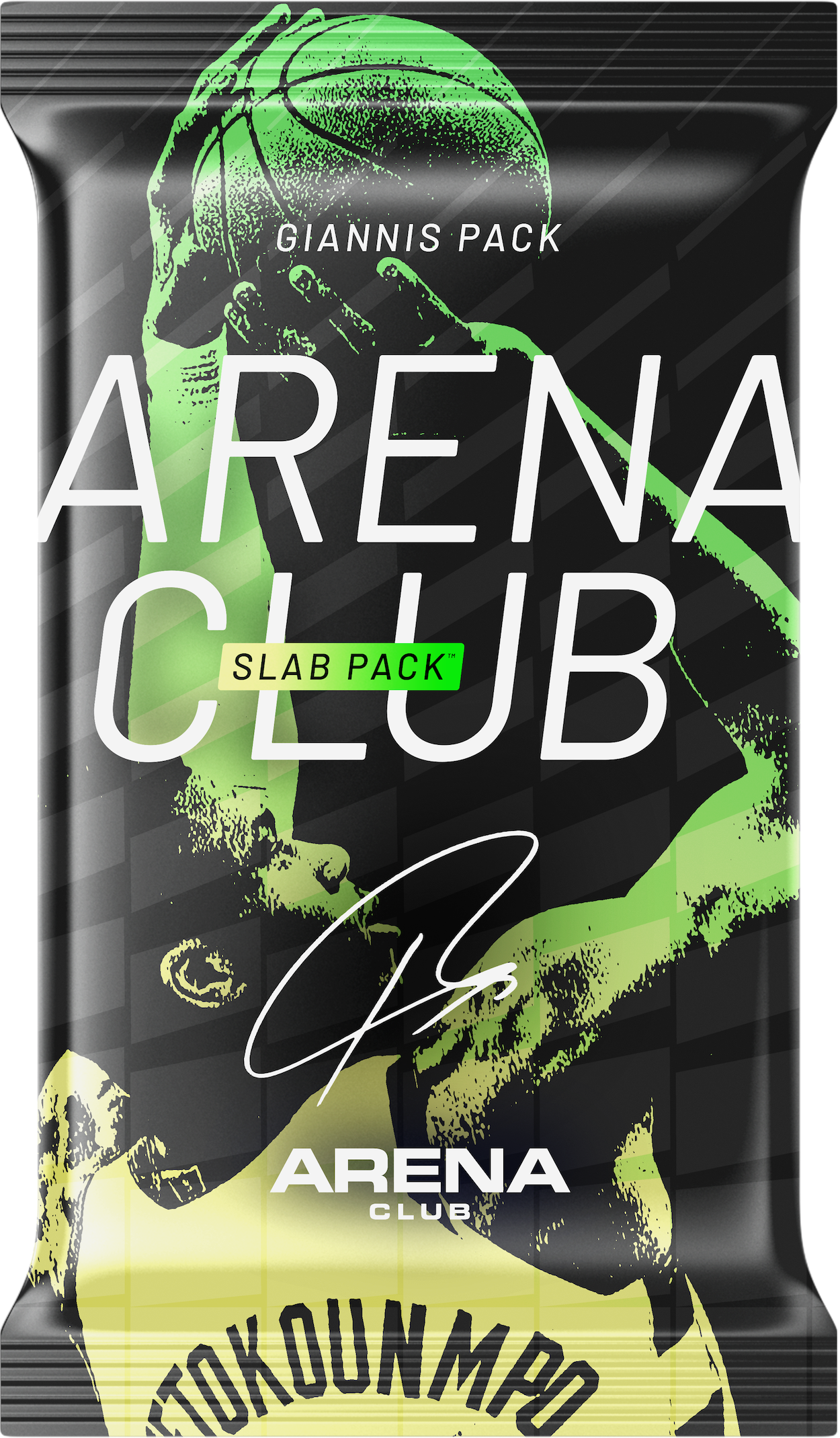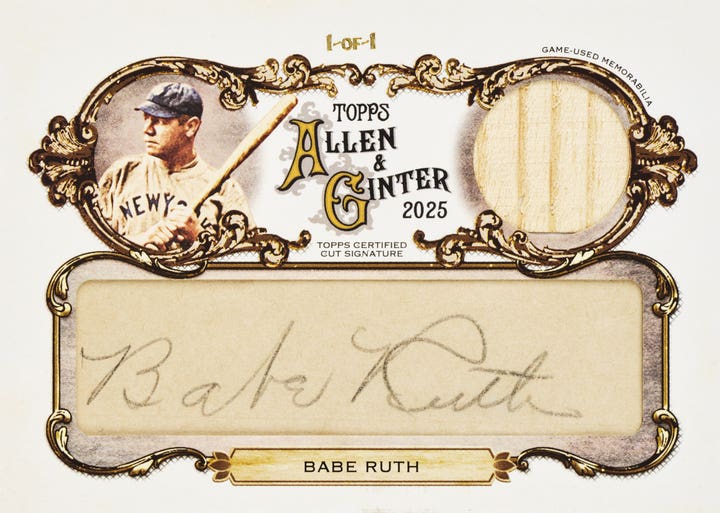Featured
1968 Topps Fotball Answers the ‘Call’ for Collectors
By Doug Koztoski
Some might call it early HDTV. OK, not High Definition Television, but Heidi TV. Huh? Stick with me on this. It is November 1968, and the New York Jets just took a 32-29 lead over the host Oakland Raiders with about one minute left in regulation.
Right after the Jets booted the ensuing kickoff, minutes before 7 p.m. Eastern, NBC took a commercial break and never returned to the contest’s coverage on the East Coast. Instead, the network ran the movie Heidi, a flick about a Swiss orphan girl.
NBC’s game plan: Start the film at 7 p.m. sharp, unless a particular person in the control room received a call to extend the game coverage. But as “the call” was made, several viewers bombarded NBC’s switchboard, inquiring about the football coverage, and stopped short “the call.”
It wouldn’t have been too much of a problem if the Jets’ lead held, but Oakland came back and scored two touchdowns to win it. And there was no SportsCenter, YouTube or anything like that for most people to catch the exciting replays of the game’s final minute. This scenario spawned “The Heidi Game,” one of the most famous in football history.
To remove some of the mud from their network face, NBC took out newspaper ads about the mix-up with comments about Heidi by Jets quarterback Joe Namath where he was “quoted” as saying, “I didn’t get a chance to see it, but I heard it was great.”
Topps, meantime, rumbled untouched throughout the football season as they had shed their competitors from earlier in the decade (Fleer 1960-63, Philadelphia Gum 1964-67). In fact, the 1968 issue became the beginning of some 20 years with Topps as the sole producer of regular-issue football pasteboards.
“I loved to look at those cards,” said Kirk Robinson, who first collected in 1968. “I liked the fantastic photography, including the fact that you could see the stadium and training camp backdrops on many cards.” Robinson called the background shots of Buffalo’s War Memorial Stadium, the old Yankee Stadium and others “classics.”
Both the NFL and AFL players appeared in the 1968 set. “That was a huge plus,” said the hobbyist. From 1960-67, the two leagues usually granted one card license a year, so hobbyists either had to pick a certain league to hone in on or go after two different brands to cover all the players.
Robinson took his collecting to creative heights, even as a 10-year old in 1968. What did the future custom home designer and builder do with his cards that season? He built a house of cards, of sorts.
“I would use masking tape on the card backs and put them on my bedroom walls,” he said. “Later that season, I discovered liquid cement. I remember purchasing a thick poster board and gluing all of my ’68 cards to it. What I was really doing at the time was re-creating my own version of an uncut sheet, although I did not know it then.”
A year or two after his successful pasteboard project, the Northern California-based hobbyist gave the sheet to a neighborhood kid.
“But before I gave it to him, I removed the Namath and a few other favorites,” Robinson said.
Gridiron royalty
Many fans and collectors placed Namath – he of the sometimes brash ways, bushy hair and white cleats – among their favorites then and now. “Broadway” Joe might have come out on the losing end of the “Heidi Game,” but in Super Bowl III, played in January 1969, the Jets surprised most football fans by beating the strongly favored Baltimore Colts. It was a turning point in pro football history between rival leagues – and Namath had guaranteed a victory and delivered.
Namath tops the non-rookies in the 1968 set. Following close behind is another signal-caller, Green Bay Packers legend Bart Starr, who, in so many ways, was the polar opposite of Namath. Starr, with both his conservative look and general style of play, led “The Pack” to wins in the first two Super Bowls.
Starr begins the set and all of the players with Green Bay and Oakland, Super Bowl II rivals, stand out because of their horizontal layout and graphically illustrated gridiron backgrounds. Other non-checklist cards in the issue sport a “natural” backdrop.
Additional names in the set helping fill out a virtual “Who’s Who” of football legends from the era: Len Dawson, Jack Kemp, Bob Lilly, Fran Tarkenton and Johnny Unitas. Also, Dick Butkus, Gale Sayers and Paul Warfield made their Topps debuts in the 1968 set. The trio had initially popped up on pasteboards in the Philadelphia Gum issues. Super Bowl I rivals Starr and Dawson, by the way, also appear in the set on the backs of several Second Series cards – each in multi-card puzzle form.
Modest in big name numbers overall, the rookie class of 1968 boils down to two Hall of Famers: Dolphins quarterback Bob Griese and Broncos running back Floyd Little. Griese leads the entire set with his card, often selling for around $150-$200 in PSA 8 condition grade, while Namath and Starr bring about one-third less.
Collector Joe Henninger used his newspaper route money to buy “lots of packs” in 1968 and in the early 1990s, rediscovered his cards – in his brother’s collection. When Henninger’s brother offered to sell Joe back his own cards, at too-hefty a fee, the hobbyist turned to mail-order purchases and auctions and compiled some solid cards at reasonable prices.
“People were not too concerned about the common cards back then; it was all about the stars,” said Henninger. Consequently, it was fairly easy for him to put together sets of the 1968 issue and upgrade along the way. And, as professional trading card grading really started to get some traction in the mid-1990s, the Michigan resident had several high condition cards to send in.
“I have found the Second Series cards from 1968 easier to find in high grade,” said Henninger, who places Namath, Sayers and Alex Karras of Detroit fame at the top of his all-time favorite cards from the set.
In sheer numbers, the 1968 set, the largest regular football offering up to that point at 219 cards, can be easily found. But, locating well-centered cards from the set, especially with certain cards, can be about as tough as getting a ball-carrier past one of the era’s most ferocious linebackers: the Packers’ Ray Nitschke.
As fate would have it, Robinson lists Nitschke as one of the most difficult 1968 cards to find well-centered, to accompany Oakland’s Daryle Lamonica and Washington’s Jerry Smith.
“John Mackey (Colts) is also super tough,” said Robinson, “but the toughest card to find nicely centered is Maxie Baughan (No. 210, Rams).” He said that several of the more commonly off-center cards appear on or near the corners of the printing sheets.
The collector knows the 1968 set like a blueprint on a fancy home he is constructing, as Robinson has not only the all-time top-ranked 1968 Topps gridiron collection on the PSA Set Registry, he also has the No. 2 and No. 13 slots of the current finest from that issue.
Robinson recently put the finishing touches on perhaps his finest “house of cards.” He carefully placed hundreds of photo-safe, clear plastic corner mounts within one framed piece that helps showcase the entire 1968 football set, including many of the season’s pack inserts, posters and stand-ups, and two unopened packs in an impressive display.
Housing the cards in this manner has been a labor of love for the collector.
“I re-created how the cards are positioned on the uncut sheets,” he said.
Post-game wrap
The year 1968 was a pivotal on many football levels. For one, Robinson, Henninger and others first enjoyed ripping open many of the last Topps 5-cent football packs. Then, on a grander scale, the nine-season-old AFL showed the much more established NFL that sometimes true underdogs prevail. In 1970, the leagues merged.
And NBC, looking to avoid more major broadcasting goofs, fitted their main control room with a separate line known as “The Heidi Phone.” Maybe its ringtone goes, “Yodel-lay-hee-hoo.”
Well, at least it was something to build on.
Sidebar: Premium fun
The two-series set in 1968 gave collectors a pair of different types of inserts: Four-panel posters in the first series and die-cut “stand-ups” in the second round.
The 16 posters, highlighted by Unitas, Starr, Tarkenton and Sayers, can be a challenge to find in solid shape due to their folds and light paper stock.
The stand-ups present other issues, according to Henninger.
“They are plagued with cutting problems; the die-cut nature of the cards creates problems,” he said. “They are very condition sensitive.”
The 22 stand-ups are led by Namath and the Cowboys’ Don Meredith.
Doug Koztoski is a freelance contributor to SCD. He can be reached at kozpro20@hotmail.com.








